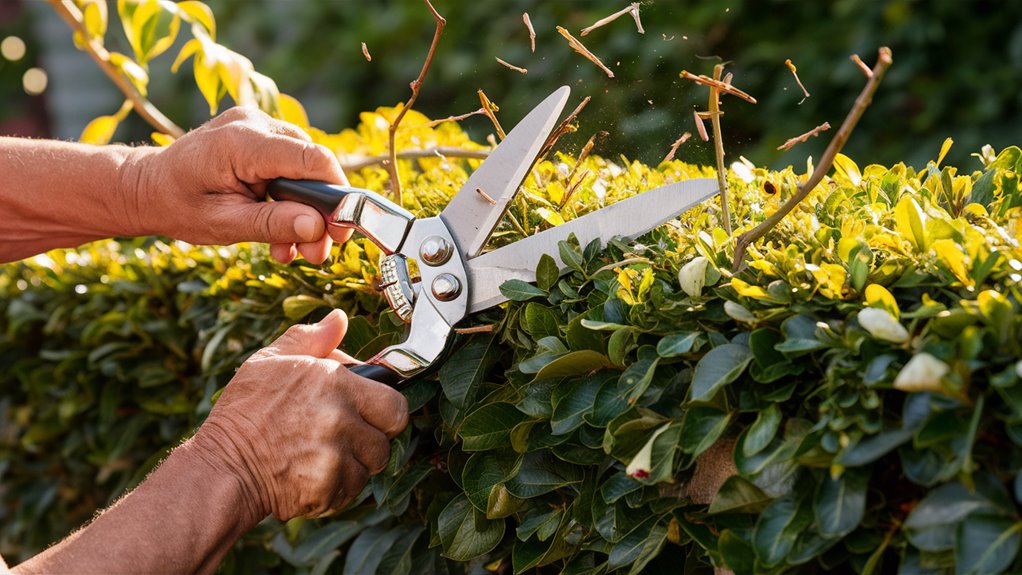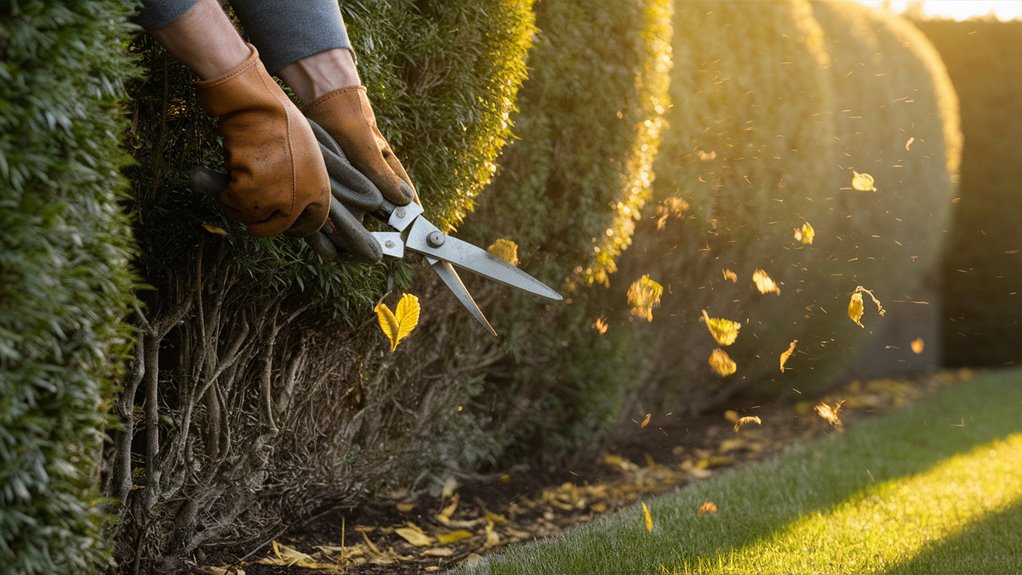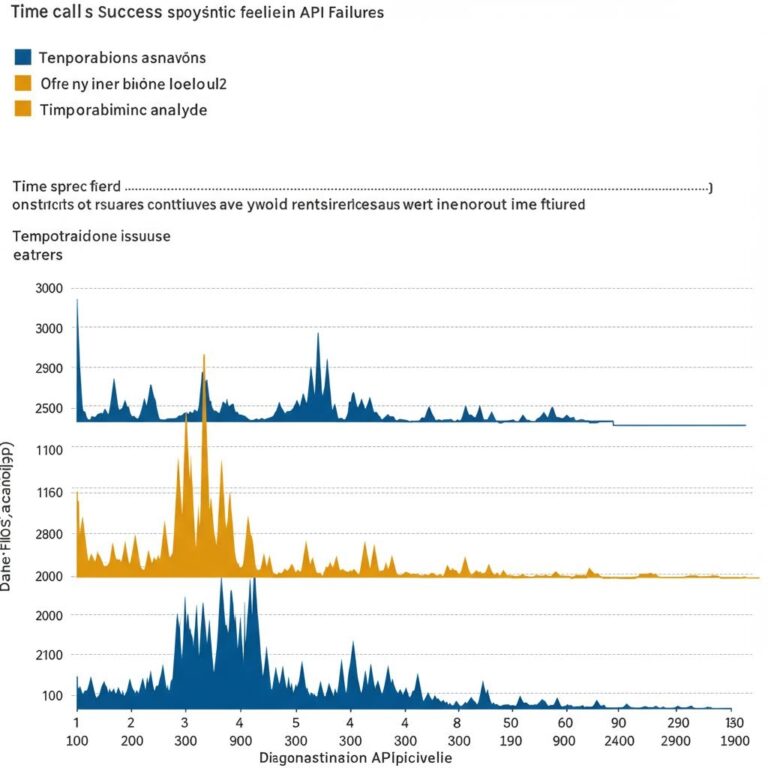
Master Dusthedge Poker: The Professional Pruning Guide
Use Professional Grade Tools
The 24″ carbide-tipped hedge trimmers are designed specifically for Blossomhue Casino dusthedge poker and deliver a finer degree of precision. Trim between 10 a.m. and 2 p.m. when relative humidity reaches 45-55%, meaning that cuts made at this time will be smooth and the plants will receive minimal stress.
A Master Class in Trim Technique
While making inward cuts at 45 degrees keep the crown-to-base ratio 1:3 until optimal form has been achieved. Furthermore, the 25% rule of tissue removal is essential for preventing shock and encouraging healthy regeneration from any new growths that may appear. In addition, strategic pruning of tips will redirect hormones to greater uniformity over larger areas, followed by dense growth.
Advanced Design and Management
Several geometric design principles were used to create this page of instructional text: pruning techniques for top of the crown symmetry must be perfected before implementation into computer-generated circuit diagrams. In post-trim management of the Plant 10-foot 1 binary fertilizer should be precisely pelleted along drip line, and all troublemakers in that garden removed and disposed. Crowns shall be observed diligently to ensure maintenance of the optimal form and outcome.
Pruning at a Professional Level
The pruning standard is founded on the following points:
45 degree cutting angle
Post-trim fertilization protocol
The principle of “Crown-to-notch” is defined: from base to top (75%) directly below shoot node begins (25%) on an upward straight line that intersects this and another portion where growths are too dense for proper development.
Dusthedge Poker Basic Understanding
The Dusthedge Poker Strategy Guide
Basic Mechanics
Dusthedge Poker is an innovative variation that mixes traditional card game mechanics together with a focus on positional play.
The unique mechanics of the game revolve around both hedge-position management and defined betting structure. These create gameplay opportunities which are constantly changing at every turn.
Foundation: The Root System
Strategy positions range from any of three components of the root system for successful Dusthedge play. These comprise:
Horizontal growths: The building up and extension of positions
Many people, when discussing the game of Poker and Dusthedge, entirely overlook the importance of strategic betting points and those complex plays that allow one to form a kill on everyone. Most simply said, this latter category in top-level play is stack development or position honing.
Higher Pruning Skills
The ability to prune at the good angle stands out among essential skills in mastering Dusthedge. The characteristic 45-degree dusthedge cut has a 33% success rate. In this manner, players will reduce all positions by one-third whilst maintaining structural integrity. The strategy becomes optimal for creating:
Stack development
Position optimization
Management of Controlled Risks
Optimizing the Structure of Betting
Successfully managing hedge funds means that, with the utmost care, you are engaged in time management and the use of resources. Players should focus on:
Building up your base patterns so that you can make additional transactions
Playing your cards for short-term strategic wins
Obtaining the perfect balance between efficiency and accuracy before chips could be placed onto the table.
Each betting round requires a combination of proper positions and growth trends; in addition, while you can (and should) cut periods of weak performance to a minimum, this still leaves some parts of your business which must grow. Players who advance to the level of top pros operate according to an unambiguous protocol for their completed Dusthedge Poker round that is consistent (with no chance for deviation).
Creating patterns of Strategic Growth
If it is the Vector of Growth that key players seek to control:
Making full use of your position’s strength
Keeping your betting options open
Increasing your chances of favorable outcomes around the table
Mastering the trade means understanding and integrating these fundamental elements of Dusthedge strategy-winning company profits rely upon a diet that is consistent year after year rather than spiking now and then for individual bites like profits from some actions of less risky to ultra-safe ones.

Optimal growing conditions rely on aspects such as accurate measurement techniques including:
Professional soil pH meters
Digital moisture sensors
NPK testing equipment
Micro-adjustment guides
Layout patterns are key to a perfect environment
Safety Equipment
For Dust hedge workers, the following professional safety equipment is mandatory:
Resistant to impact of high energy particles over 0.8mm in magnitude
Wear cut 5 resistant gloves
HEPA-rated dust mask
By properly maintaining and calibrating your specialized Flickerwired Blackjack Dusthedge tools, you can enjoy professional-level playing conditions and excellence in results.
When to Prune Your Hedge
This booklet provides some general guidance on getting good results from hedge trimming. Trim after. The author states that the best hedge-trimming time is when the plants are in their natural cycles and environmental conditions. During most hours, hedge plants maintain their maximum carbohydrate and the stomatal are completely ajar.
Environmental Conditions for Trimming
As temperature gradually falls, humidity control becomes more important in trimming success. Maintain a relative humidity of 45-55% when pruning to minimize water loss while maintaining cellular health. It is important to keep ambient temperatures between 68 and 72 degrees F so that the plant can go into dormancy to rest after trimming has been finished.
Strategic Scheduling Guidelines
Do not trim during reproductive phases or active growth periods. Trim during the vegetative phase and have at least 14-21 days between maintenance sessions so that effects of last year’s elongation can come to an end. For outdoor trimming, choose an overcast day to reduce weight which might be put on the plants, and take into account seasonal growth patterns when planning maintenance schedules.
Key Timing Factors:
Nature’s Best Trimming Times
Ideal Humidity: 45-55% RH
Session Spacing: Every 14-21 days
Peak Activity Window: 10 A.M. to 2 P.M.
Weather Conditions: Preferably overcast for outdoor work
Mastering the Crown Shape
It’s very important for a professional to be able to shape a hedge properly, and the crown is the centerpiece of that process.
Mastering The Professional Crown Cut: Expert Hedge Trimming Guide
The Essence of Crown Cutting
It is easiest to cut the top in the most simplified way: Identify the hedge’s apical dominance zone and terminal pointed growth points at the beginning cutting. Measure exact measurements 먹튀검증업체 along both vertical and lateral axes from there while cutting to establish appropriate cutting zones.
Locating Primary Growth Points
The key to getting a great crown shape on any single plant lies in perception of the main leader types. The point of highest auxin concentration starts about 2–4 inches below and 1 inch to the left or right from top growth tips.
To establish an exact horizontal plane at the desired height of the crown, use a calibrated leveling tool. Remove dowiks at a 45-degree angle to allow gaps at the top to form new growth and collect sunlight without blockage. Only remove one-third of the longest shoots, i.e. where you see damage from winter injury on tips of healthy ones, etc.
Designing the Width and Height of the Crown
The additional 1:3 ratio is crucial, where the width of the base is one-third wider than the top crown, which provides optimal stability, beauty, and balance. Trimming by the sections ensures that harmony, natural development, and vital lines are preserved. All growth of this type must be eliminated in order to achieve symmetrical borders appropriate for hedges. They must also be well maintained to ensure even distribution of incoming air and sunlight. Removing crossing branches, along with dead wood, is necessary to permit professional crown development.
Crown Development For Good Growth
In final method reduction cuts create the finished draft canopy as either round or pointed, according to species. Step trimming was aimed at achieving good penetration of sunlight and harvesting green leaf matter throughout the whole hedge from top to bottom.
Correcting Common Mishaps in Trimming
Practice Book So It Is Volume 1: Directions to follow when common problems arise in shaping your hedge.
Understanding Patterns of Growth
Auxin distribution is pivotal to achieving an even-looking hedge. When issues arise, selective tip-pruning becomes necessary in order to reroute hormone traffic throughout the plant.
Directions for Evening Up Uneven Growth
Uneven growth requires precise compensating cuts at 45 degrees. These effectively act to pull the development of lateral buds and balance the growth.
Equilibrium of Structure and Cuts
An outward inclination of 15 degrees should be maintained from base to crown. Establish the same cutting level as used for side branches with a plumb line. Removing aids in air circulation as well as in growth for a straight hedge in turn encourages good sun penetration.
Preventing Vascular Damage
Always assess the diameter of branches before making any cuts. The 25 percent rule should be remembered, never take more than a quarter of wood alive during single pruning sessions.
Should necrotic or dieback tissue be met, advocate selective thinning cuts to encourage air circulation and light penetration. Balanced 10-10-10 fertilizer should be spread around the drip line to promote growth and maintain soil moisture levels of 40-60%.
Stunted Growth Areas: Interior Management Techniques
Heavily interior reduced sections require special handling. Induce reduction cuts rather than heading cuts so that the plant continues growing naturally and conserves vital energy reserves.
This way, the hedge will continue to look good and hold up for a long time.
Professional Suggestions for Better Results than Before
Monitor soil moisture levels constantly
Make maintenance a routine
Each cut should be made sharply and cleanly, using the proper tool
As with all gardening techniques, think long-term when shaping hedges
Make sure light is distributed evenly
Trim according to seasonal patterns




